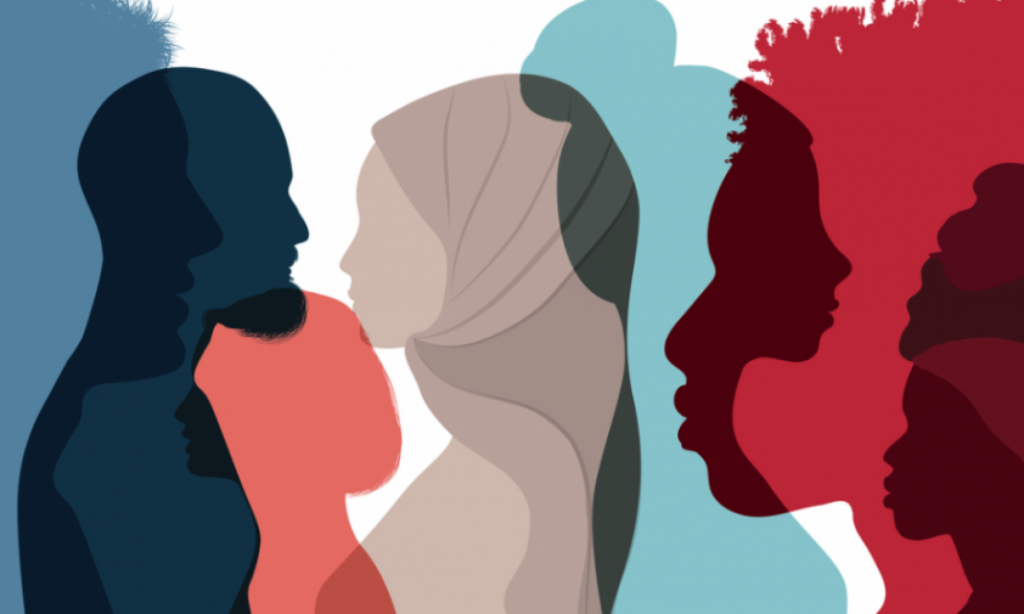My initial question I believe has been a great way to start this project, as it has provided me with the right motivation and mindset to make a meaningful intervention and obtain as much new knowledge as possible within a short period of time and with the lower expense possible. In this regard, creating an online event on Instagram has been a great cost-effective choice and optimal in terms of the availability of the participants. Moreover, below are some of the strengths of this first intervention:
- High availability and communiting free option for all participats
- Global reach, availability to attend from anywhere in the world
- Free – no need to pay for invites, location reservation, etcc
- Higher audience participation; average 29% higher than traditional events
- Q&A much more quick ad efficient trhough the chat

Reflection
I believe my first question had a very strong weakness as I believe it wasn’t allowing me yet to plan a meaningful intervention and make a change in the world. Although the online event has resulted in being extremely positive and reflected a high appreciation by the audience, I felt that there was something missing, and raising awareness about D&I wasn’t something that fulfilled my need to make the world a better place. In this regard, considering the findings obtained from the discussion I have tried to narrow down my options and limit myself in terms of what actions I should take next, in what environment operate, what I can propose, and most importantly investigate who are my stakeholders.
New Question Process and Action Plan
- Consideration of the issue or uncertainty of interest
- Research methods, secondary research – findig meaningfulness in my purpose
- Defining the environment – and possible relatability to multiple ones.
- Defining who are my Stakeholders – industry experts, professionals, etc..
- Research methods, primary research, interview Idustry experts
- Findings triangulation – testing validity and development of findings thrustworthiness
- Ipothesys of solution provided and intervention testing
- Feedback – New Knowledge
- Repeat in different environment – testing
- Feedback – New Knowledge
- Adjustments
- Final considrations
The strategy developed above has shown the different steps that I have considered in formulating my new question. During the elaboration of this action plan, I have tried to evaluate all the possible aspects that would influence the continuation of my project and tried to minimise weaknesses by firstly obtaining as many findings as possible from secondary research in order to acknowledge the meaningfulness of my concern and then evaluate the environment and a possible relatability to multiple markets. Moreover, findings from secondary research have been set as the ground knowledge for my primary research methods consisting in interviewing industry experts in order to obtain more qualitative data and have a much richer view of the phenomena, and plan a much more successful intervention. In relation to the intervention, I have considered feedback as the most important part at this stage which would allow me to develop my interventions further or resonate on what could be improved to obtain the result needed and repeat.
In this regard, my new question has been developed as follows: How can organisations increase fair performance assessment and create a more inclusive workplace environment?”
The Instagram live event has given me the basis for the development of my intervention, more precisely, I have considered the fashion industry as my main environment and also workplace favouritism as one of the biggest threats of workplace inclusivity. I have therefore focused on basic concepts such as Transparency and Fairness where everyone is treated fairly and evaluated transparently and where every employee is equally able to access the same opportunities.
In relation to my stakeholders, I have figured out being Senior Management or HR individuals employed in fashion businesses and also Industry experts to provide me with invaluable information for the most precise intervention possible.
New Question – Intervention Development Strategy
- Triangulation of primary and secondary reaserach –
- Evaluation of draft intervention
- Contact Louis Vuitton Senior Management and Propose a first draft of my intervention
- Feedback from Louis Vuitton Senior Management / HR
- Draft adjustment and implementation or not adaptability.
- Contact new Company in different environment and propose my intervention and previous findings
- Feedback from new company – New Knowledge
- New company intervetion implementation or not adaptability
- Considerations
In conclusion, my current and most recent question aim to investigate “How can organisations increase fair performance assessment and create a more inclusive workplace environment” and this, as shown above in the process stage and in the development is the result of the not entire fulfillment of the previous question for the following main reasons:
- My desire to make an impactful change and believed that raisig awareness wasnt enough
- Findings from Instagram Live event, 230 participants discussed about inclusion in the workplace and how to improve it
- Findings from secondary research; outligning workplace favouritism as a big threat to inclusive workplace environment
- Findings from industry experts interview; supporting direction on improving fair and transparent assessment criterias in order to improve inclusivity
- Desire to connect and collaborate with businesses and learn about their D&I practicies rather than keep discussing this project with non influential decision making individuals.
